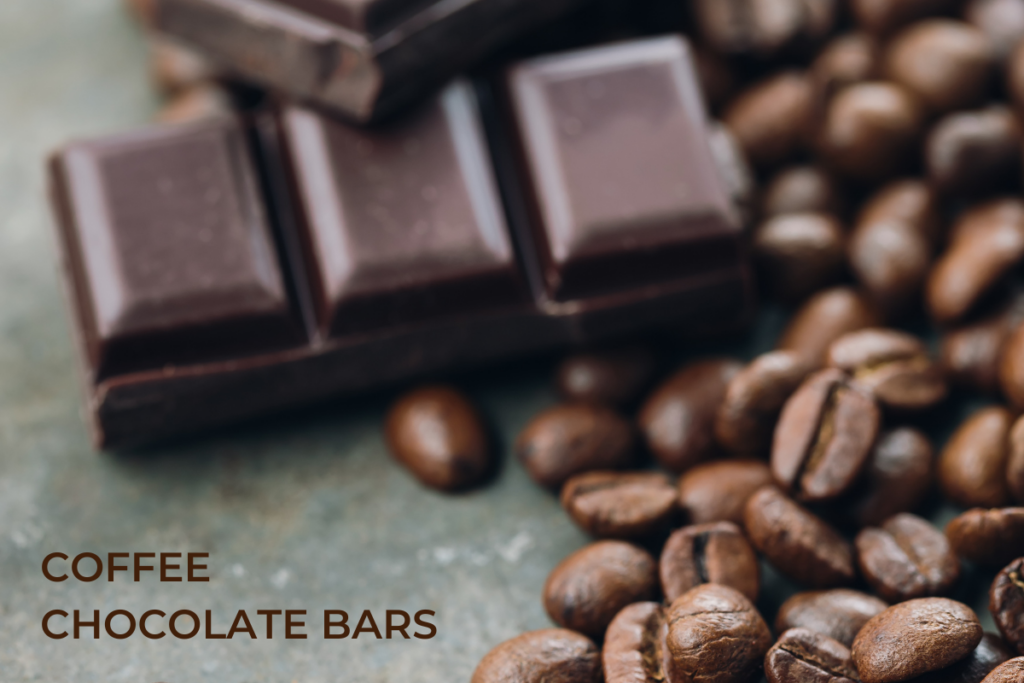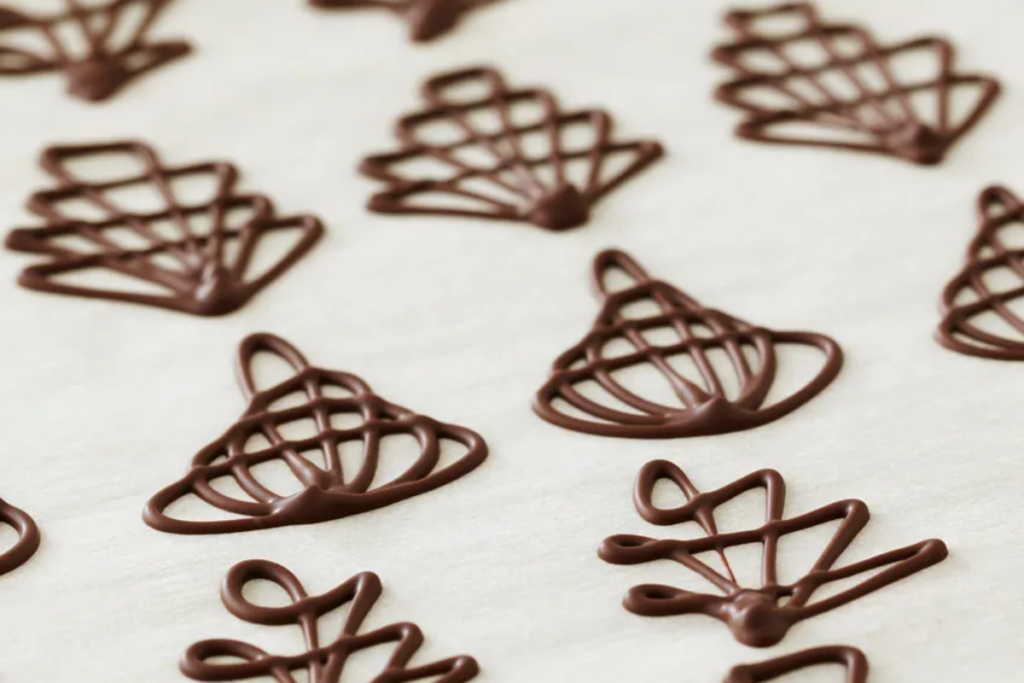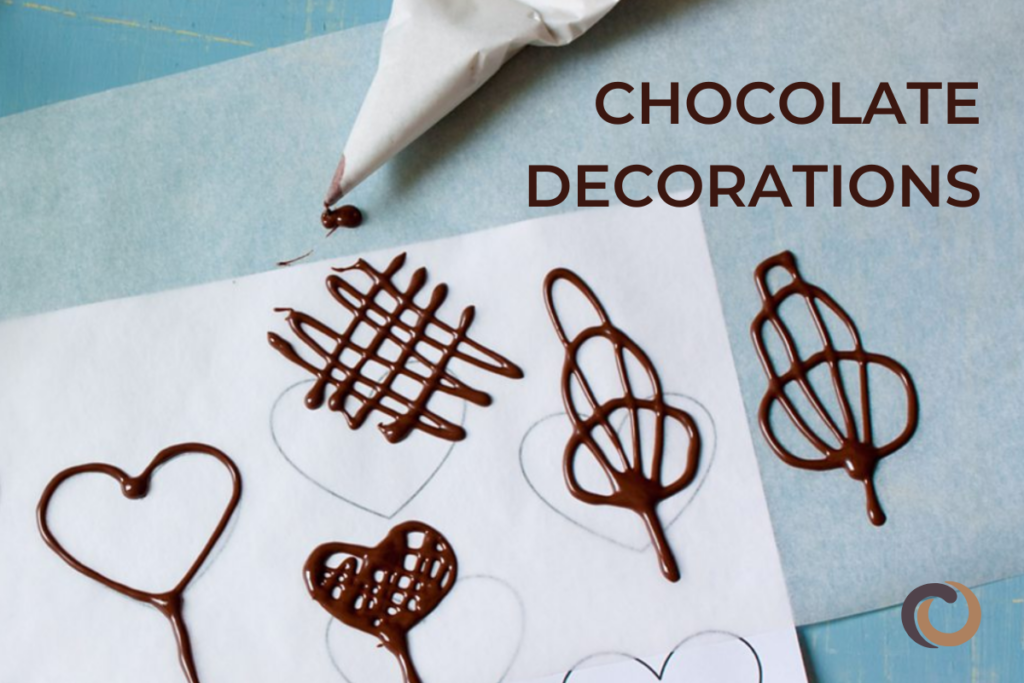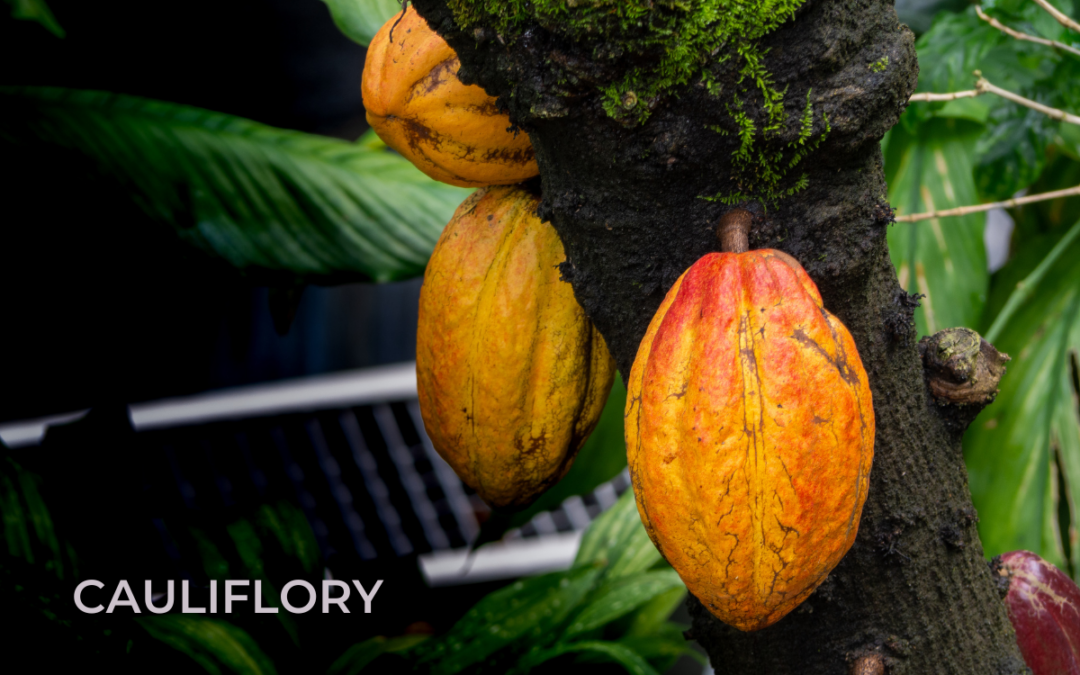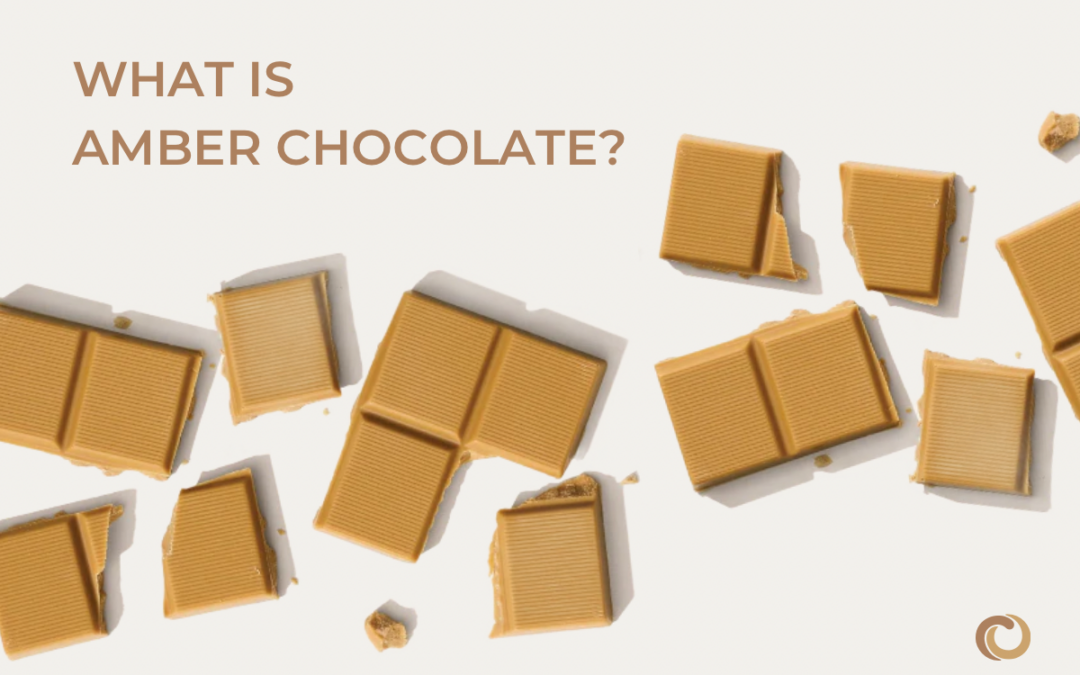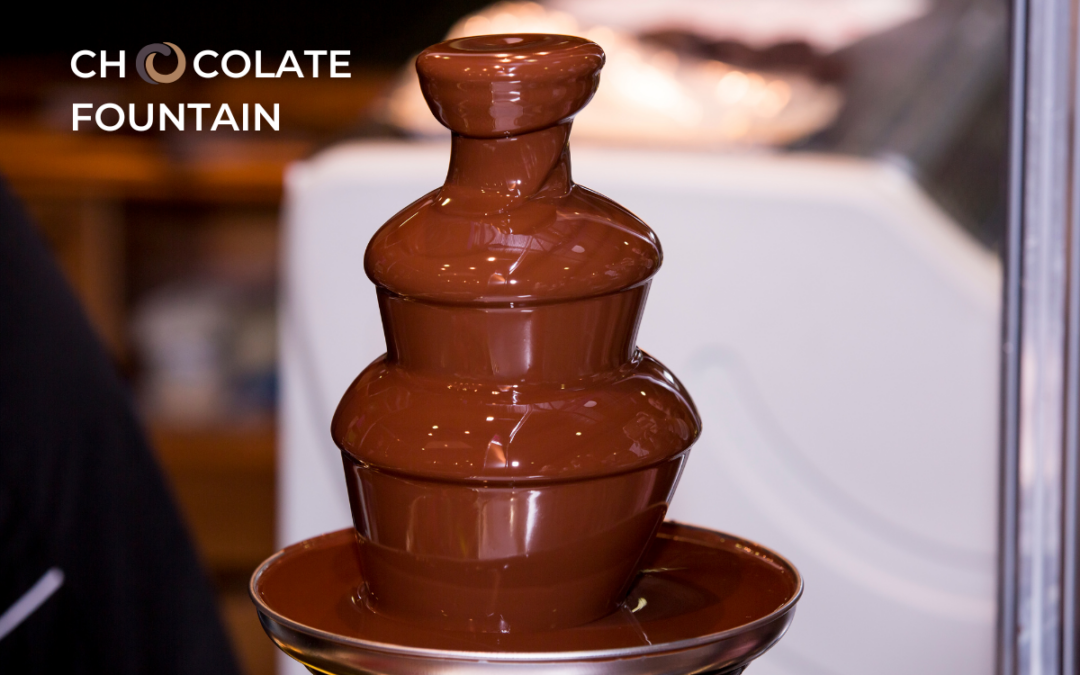There is no doubt that chocolate is a blessing to mankind. The CocoTerra team worships it in all forms and if you are reading this, you probably do too. Make sure to read all the way to the end if you want to learn the full story of how chocolate is made, the different flavors, types and as a bonus – some great recipes that you can make with the help of the CocoTerra flavor wheel.

Theobroma cacao tree.
Quick chocolate history
PLANTING AND GROWING – First, we should make it clear that fine flavor cacao is not easy to grow. One of the challenges is that cacao trees require warm and humid conditions that can only be found 20 degrees north and 20 degrees south of the equator. One cold weather event or a dry spell and the tree won’t produce fruit or might even die. Additionally, the cacao trees should be planted next to taller trees that protect them from direct sun. In the wild, cacao trees are an understory tree, living in the shade of the forest canopy. The other challenge is that the trees don’t bear fruit for three to five years so there is a multi-year investment required before any crop can be harvested.
Even in full production, each tree produces only about 1,000 beans per year, which is enough to make one kilo or a couple pounds of chocolate. A cacao farm requires year-round moisture which also makes it vulnerable to all kinds of diseases, from molds and rots to catastrophic diseases such as “witches’ broom”.
Here’s a quick visual cocoa guide that highlights the transformation of dried cocoa beans, to roasted beans, to shelled beans, to cocoa nibs to cocoa powder.
HARVESTING, FERMENTING AND DRYING – Cacao trees produce large fruit pods that grow on the trunk of the tree. The pods must be hand harvested so that the trunk isn’t damaged which can reduce next year’s crop. When cracked open (also typically done by hand), there are about forty to fifty seeds inside covered by a sweet pulp.
The cacao beans along with the pulp (also known as baba) are extracted by hand and placed in piles or bins for fermentation. The entire fermentation process takes about a week, during which the cacao beans are mixed and turned to ensure even and complete fermentation. The fermentation process is important in reducing the harsh flavor of the beans and developing the chocolate flavor precursors.
So, fermentation gives the cocoa beans that chocolate flavor we like so much. Once the fermentation process is finished, the cocoa beans are spread out to dry naturally in the sun.
It is these dried beans that are sent to chocolate makers around the world. It is the job of the chocolate maker to properly roast the beans which is no easy task. Roasting technique is often specific to each bean in order to enhance their unique flavor profile. After roasting, when the beans have cooled, they are cracked and winnowed, a process of removing the shell and separating it from the meat of the bean. The bits of cocoa bean that remain are called cocoa nibs. These nibs provide the primary and essential components to all chocolates: cocoa butter and cocoa solids.

Here’s a quick visual cocoa guide that highlights the transformation of dried cocoa beans, to roasted beans, to shelled beans, to cocoa nibs to cocoa powder.
Difference between Cacao and Cocoa
Now, let’s talk cacao vs. cocoa! Is there a difference? Yes and no. People often use the two terms interchangeably. Others draw a distinction between the tree and the raw products that it produces, such as cacao pods and cacao seeds and those that are processed in some way, such as cocoa nibs, cocoa butter and cocoa powder. So, if you are looking for something that isn’t processed or “raw” try looking for “cacao” products. These raw products keep the living enzymes (the “good” stuff) in the cacao. Cacao is considered to be a rich source of antioxidants such as procyanidins and flavonoids, which have been shown to be good for the brain and the heart . Highly processed products such as cocoa powder, on the other hand, have been roasted at very high temperatures so many of the health benefits have been diminished. These high temperatures change the molecular structure of the cacao bean, lowering its overall nutritional value. As always, make sure to read the fine print to make sure you are getting what you want since there are no labeling requirements on the use of cacao vs cocoa.
Chocolate making
REFINING AND CONCHING – A machine grinds the cocoa nibs into a paste called chocolate liquor (100% dark chocolate). Despite the name, there is no liquor in chocolate liquor. If the chocolate paste is destined to become cocoa butter and cocoa powder, it passes through a large press which separates the cocoa butter from the cocoa solids. The large, hard puck of cocoa solids that remains is ground up and turned into cocoa powder. Otherwise, the rest of the chocolate ingredients are added to the chocolate liquor, such as sugar, milk powder and flavorings. The chocolate is continuously processed until the mixture is creamy and smooth.
The last step in chocolate processing is conching. During conching, the chocolate is slowly mixed in a large machine at elevated temperatures until it reaches a desired consistency. Conching is often used to smooth out the flavor of the chocolate and develop the mouth-feel or melt of the chocolate.
TEMPERING AND MOLDING – The final step in chocolate making requires that the chocolate be perfectly tempered to ensure it retains an attractive sheen and has a crisp, firm texture when you bite into it. Tempering involves cooling the chocolate to just the right temperature while stirring it in just the right way to start proper crystallization of the liquid chocolate. The tempered chocolate is then poured into molds, allowed to cool, wrapped and packaged.

Cocoa pods and beans
The different cacao varieties
Traditionally, there were considered to be three varieties of Theobroma Cacao, as the tree was officially named in 1753 by the Swedish scientist Carl von Linné. The three varieties are called Criollo, Forastero and Trinitario, with Trinitario being a cross between Criollo and Forastero. In reality, based on more recent genetic analysis of cacao trees from around the globe, there are many more types with most trees being hybrids of multiple varieties.
Criollo and Trinitario are the most popular fine varieties for making chocolates considered to have the most interesting and complex flavors. Forastero is usually the most reliable variety and has the highest yield of cocoa pods. And therefore, because Forastero is easier and cheaper to grow, it is generally used for mass market chocolate. It is a consistent and reliable producer but the flavor is considered to be rather bland and somewhat acidic. Again, the reality is that cacao doesn’t map neatly into just three categories, so in the end, it’s the taste that matters.
What flavors are you looking for in your chocolate?
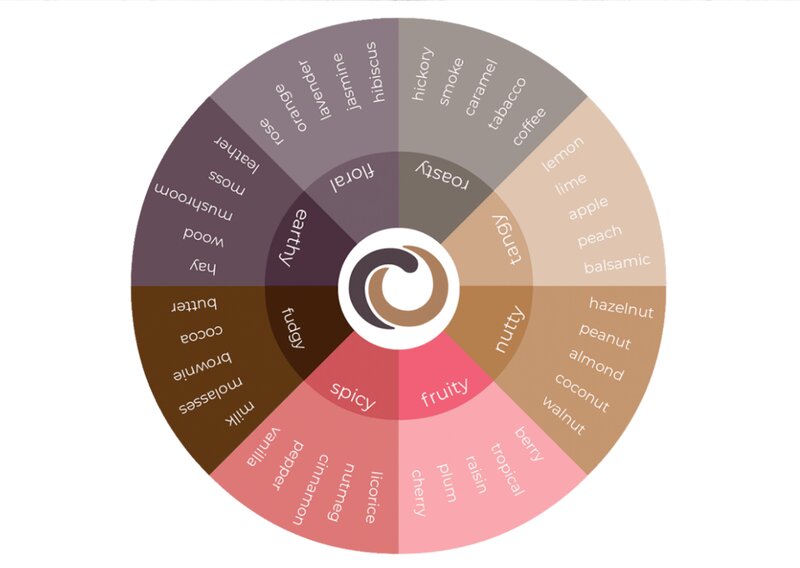
CocoTerra flavor wheel
CocoTerra flavor wheel
Like wine, the flavor of fine cocoa is determined by its genetics, soil, climate and post-harvest fermentation process (there is one major contributor to chocolate flavor that doesn’t have an equivalent in the wine industry, and that is roasting.) Similar to wine grapes, some cocoa varieties have immense depth and complexity while others are more basic. And not only is each bean different from region to region, but there will be subtle differences within a region from crop to crop and, indeed, from batch to batch.
Most mass-market chocolate is made with Forastero beans that have a much flatter flavor. Generally, this is prefered by industrial chocolate manufacturers who desire consistency of flavor from year to year. And, as a means of controlling the flavor profile, they often include vanilla to create a strong base flavor note that also hides any bitterness that comes from high-roasted, bulk cocoa beans. In fact, one of the easiest ways to tell if you are eating high quality chocolate is to check the ingredient list and see if it contains vanilla….. many artisan chocolate makers would never use it!
From wine and whiskey to coffee and tea, flavor wheels are used to make it easier to understand the complicated and often diverse world of flavors.
In our CocoTerra flavor wheel, you will find all the main chocolate flavor categories, such as spicy, fudgy, earthy, floral, roasted, tangy, nutty and fruity. When tasting chocolate, the CocoTerra wheel will help you bring your chocolate to life as you explore the world of fine flavored chocolate. It will also help you find the perfect combination of flavorings and inclusions that pair well with your chocolate.
When tasting chocolate, keeping these categories in mind will help point your taste buds in the right direction when trying to identify the unique flavors present in the chocolate. It’s easier to think in categories or segments such as the nutty segment of the wheel vs the fruity segment. And these segments are not exclusive – a single chocolate can have a broad mix of flavors from different segments of the flavor wheel.
What excites us most is that as soon as you receive your CocoTerra chocolate maker, you can have total control over the ingredients in your chocolate, and therefore, total control over the flavor of your chocolate. You can select ingredients from specific origins around the globe that highlight certain flavor profiles. You can select specific cacao varietals that have unique flavor characteristics. You can select particular recipes to make white, milk and dark chocolate that highlight the flavor characteristics that you desire. There is so much you can do when you have the option of using incredible ingredients.
In the meantime, let’s create some amazing chocolate with our CocoTerra wheel.
The first step: pick a category.
- Fruity
The second step: pick a type of chocolate
- White chocolate
The third step: pick toppings
- Dried strawberries & raspberries
The fourth step: name your new creation
- BerryWhite
The fifth step: make some chocolate magic
White chocolate with dried strawberry and raspberry

White chocolate with dried strawberry and raspberry
Ingredients
- 6 ounces / 170g white chocolate
- 1 teaspoon / 4g freeze dried raspberry powder
- 1/4 cup / 36g freeze dried strawberries
Method
- Place freeze dried raspberries in a blender and processes on high speed until they are fully powdered
- Chop the white chocolate into small pieces.
- Place ⅔ of the chocolate in a dry, microwave-safe bowl.
- Microwave the chocolate in 15-second intervals, stirring with a spatula after each blast.
- Continue until all of the chocolate is just melted (don’t be tempted to heat for longer intervals as the chocolate might burn).
- Add the raspberry powder to the melted chocolate
- Finish by pouring the remaining chocolate into the bowl and stir until all the pieces have melted.
- Stir constantly until the chocolate cools to about 82°F (28°C) – 84°F (29°C).
- Pour the chocolate into your favorite mold.
- Sprinkle the freeze dried strawberries on top.
- Tap the mold on the counter to release any air bubbles.
- Set in the fridge for 15 minutes.
- Once set, remove from the fridge and remove the chocolates from the mold.
- Eat and enjoy!
Let’s do it again! Let’s create another recipe using our CocoTerra flavor wheel.
The first step: pick a category.
- Nutty
The second step: pick a type of chocolate
- Milk chocolate
The third step: pick toppings
- Hazelnuts
The fourth step: name your new creation
- Hazelnut milk chocolate
The fifth step: make some chocolate magic
CocoTerra milk chocolate with Hazelnut

CocoTerra milk chocolate with Hazelnut
Ingredients
- 6 ounces / 170g milk chocolate
- 1/4 cup / 36g hazelnuts
Method
- Chop the milk chocolate into small pieces.
- Place ⅔ of the milk chocolate in a dry, microwave-safe bowl.
- Microwave the chocolate in 15-second intervals, stirring with a spatula after each blast.
- Continue until all of the chocolate is just melted (don’t be tempted to heat for longer intervals as the chocolate might burn).
- Finish by pouring the remaining chocolate into the bowl and stir until all the pieces have melted.
- Stir constantly until the chocolate cools to about 82°F (28°C) – 84°F (29°C).
- Pour the milk chocolate into your favorite mold.
- Sprinkle hazelnuts.
- Tap the mold on the counter to release any air bubbles.
- Set in the fridge for 15 minutes.
- Once set, remove from the fridge and remove the chocolates from the mold.
- Eat and enjoy!
These are two amazing and easy to make recipes that we developed with our CocoTerra flavor wheel. Start with your favorite chocolate and see what flavor combinations you can come up with.
We wanted to share this blog with all the chocolate lovers out there, so you can dive into chocolate and start to expand your cacao knowledge. We also want to inspire and motivate you to make your own chocolate at home once you have your CocoTerra chocolate maker!



